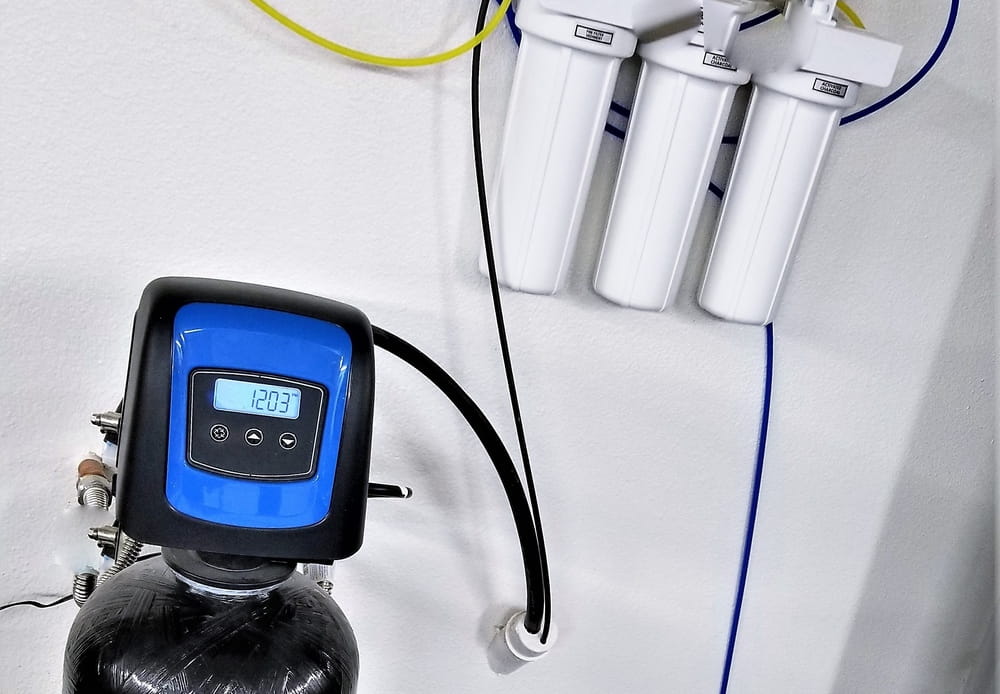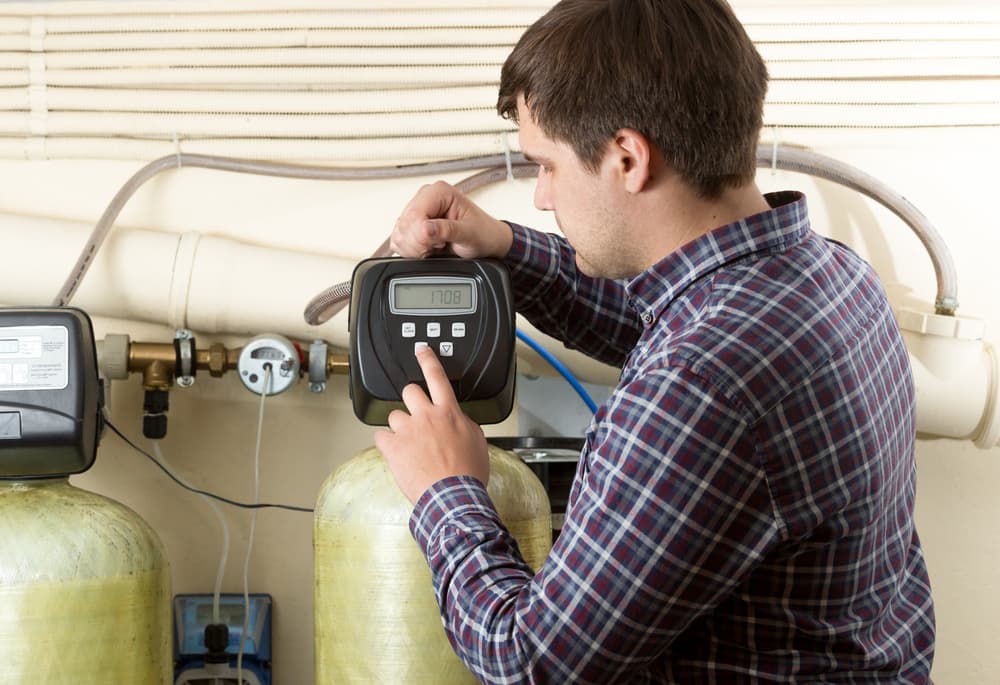
If you’ve ever dealt with stubborn soap scum or dry skin after a shower, you know the frustration of hard water. But don’t worry—there’s a solution. Water softeners can transform your hard water into silky smooth water, making everyday tasks easier and more enjoyable.
Municipal hard water isn’t just a minor annoyance. It can damage appliances, clog pipes, and affect your skin and hair. Understanding water hardness is the first step toward finding a solution.
How Does a Water Softener Work?
So, how does a water softener work its magic? It’s all about ion exchange. These devices swap out the minerals causing the hardness—like calcium and magnesium—with softer substances. By properly calibrating your water softener hardness setting, you can ensure your system runs at its best, giving you the soft water you deserve.
What Should My Water Softener Hardness Be Set At?
Water hardness is all about the minerals, primarily calcium and magnesium, that are dissolved in your water. The more minerals, the harder the water. Here’s a quick rundown:
- Soft Water: 0-60 mg/L
- Moderately Hard Water: 61-120 mg/L
- Hard Water: 121-180 mg/L
- Very Hard Water: 181+ mg/L
Knowing where your water falls on this scale is key to setting your water softener correctly. It’s not just about comfort—it’s about protecting your home and appliances from the effects of hard water.
Finding the Ideal Hardness Setting
So, what should my water softener hardness be set at? Typically, you’ll want to aim for a setting that leaves a small amount of hardness in the water, around 7-10 grains per gallon (GPG). This prevents the water from becoming too soft, which can feel slimy.
Here are some quick tips to find the perfect setting:
- Test Your Water: Use a test kit or hire a professional to determine your water hardness.
- Consult Your Manual: Follow the manufacturer’s recommendations for setting a water softener hardness.
- Adjust as Needed: If your water feels too soft or too hard, tweak the settings.
At Brock Mechanical, our water softener specialists can help you determine the optimal water softener hardness setting for your system to ensure its performance and longevity. With our seasoned professionals, you can enjoy soft, balanced water every day.
How to Set Water Softener Hardness Level

Step-by-Step Guide to Setting Your Water Softener
Setting your water softener hardness level is not a difficult task. Here’s a straightforward approach to get it just right:
- Find Your Control Panel: Find where you can adjust the settings on your water softener unit.
- Read the Manual: Look up the manufacturer’s instructions for how to set water softener hardness level. They often provide recommended settings based on your water’s hardness.
- Adjust the Settings: Use the controls to set the hardness level according to your test results. Remember, a bit of trial and error may be needed to find the perfect balance.
- Monitor and Test: Regularly check your water quality and adjust the settings as necessary. This guarantees that your system maintains its operational efficiency.
Tips for Maintaining the Right Hardness Level
Once you’ve set your water softener hardness level, maintenance is key:
- Regular Checks: Test your water periodically to ensure the settings are still effective.
- Clean the Unit: Follow the manufacturer’s guidelines for regular water softener maintenance to prevent buildup.
- Professional Service: Consider annual service by professionals like Brock Mechanical to keep your system in top shape.
Achieving Optimal Water Softener Performance
When it comes to achieving the perfect water softener hardness, customizing your settings is crucial. Factors such as family size and daily water consumption should influence your decisions. Properly adjusted settings not only improve water quality and efficiency but also contribute to the longevity of your home’s plumbing system.
At Brock Mechanical, we provide personalized water softening solutions in Howell to meet your needs. Enjoy the benefits of softer, cleaner water throughout your home!


